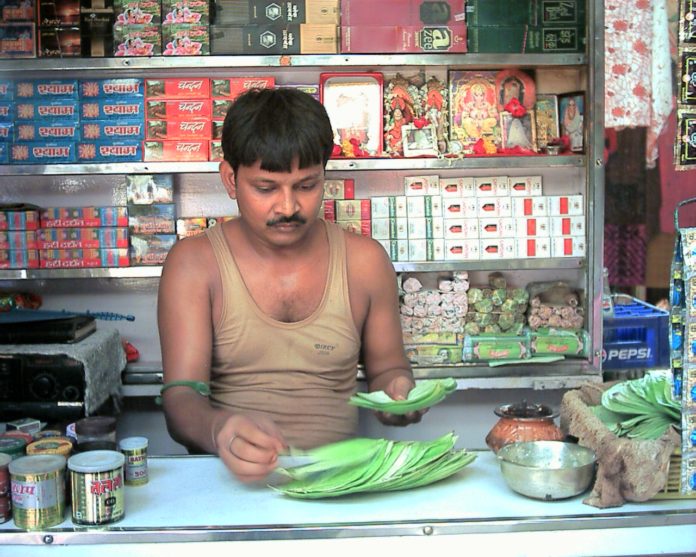India’s primary anti tobacco law COTPA 2003 is considered to be effective but implementation is poor, particularly in the remote parts of the country
A recent study that looked at lifetime health and economic burden of smokeless tobacco in India, Pakistan and Bangladesh had estimated that unless India revises its current policy and decides to eliminate smokeless tobacco it could be staring at an expense of US$19 billion which is roughly Rs 1.6 lakh crore.
The study published in the journal Nicotine and Tobacco Research was carried out by researchers in the United Kingdom and in India. “The model predicted that the lifetime healthcare costs of ST use in Bangladesh, India, and Pakistan would be over US$1.5 billion, US$19 billion, and US$3.3 billion respectively…For all countries, the attributable costs are higher for younger cohorts with costs declining with increasing age for those over 50. The greatest costs for men in India were in the 35 to 39-year-old cohort with total lifetime discounted costs of US$1.803 billion. The greatest costs for men in Bangladesh were for the cohorts ranging from 30 to 44 years of age with costs ranging from US$83 million to US$85 million over the lifetime of each of the 5-year cohorts. The attributable costs for men in Pakistan peaked in the 20 to 24-year-old cohort and the 30 to 34-year-old cohort with costs of US$294 million and US$278 million, respectively,” they summed up. South and Southeast Asia is home to a large majority (>85%) of the 356 million users of smokeless tobacco (ST) globally.
Incidentally India is considered among the global leaders in tobacco control policies with the Cigarettes and Other Tobacco Products (Prohibition of Advertisement and Regulation of Trade and Commerce, Production, Supply and Distribution) Act, 2003 (COTPA) considered to be an effective law. However implementation is poor, particularly in the backward and remote areas of the country where the easy availability of cheap smokeless tobacco has given rise to very high levels of tobacco use. In Maharashtra’s Gadchiroli – an aspirational district – for example studies show that about 50% of the population is addicted to tobacco.
“The overall (absolute) burden is greatest for India due to the size of its ST users, with the highest burden borne by those in middle age, although per individual (relative) burden is comparable across the three countries. The burden is almost double for men compared with women in India and Pakistan; however, in Bangladesh, the burden is generally slightly greater for women compared with men,” says the study.


